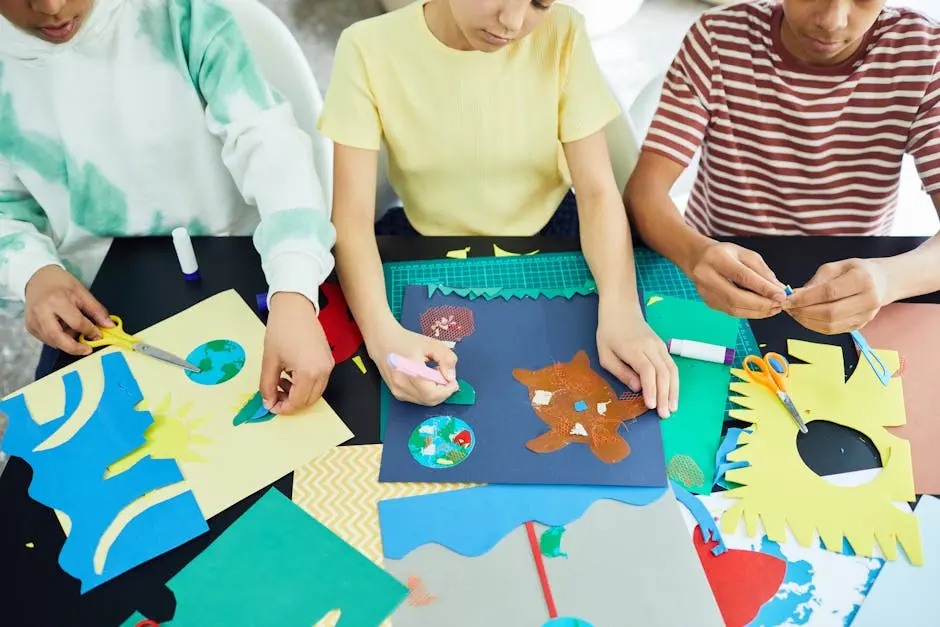In today’s fast-paced work environment, fostering collaboration in teams has never been more essential. Incorporating creative team workshop activities is a powerful way to build trust, spark creativity, and strengthen connections among team members. If you’re looking for team-building workshop ideas, these engaging activities can transform your next session into a collaborative success.
1. Icebreaker Activities for Team Bonding
Icebreaker activities are a fantastic way to set the tone for a team workshop. They help participants relax and open up, fostering a sense of camaraderie among team members who may not know each other well. Consider starting with a simple introduction game where everyone shares their name, role, and a fun fact about themselves. This not only warms up the group but encourages individuals to find common ground with each other, igniting conversation.
Another exciting icebreaker is the ‘Two Truths and a Lie’ game. Each participant states two facts about themselves and one fabricated story. As the group guesses which statement is the lie, laughter ensues, and the atmosphere becomes lively. This activity not only sparks fun but also allows team members to display their creativity and wit, creating a comfortable environment that promotes personal connections.
These icebreakers are just the beginning. As you continue integrating such activities into your team workshops, you’ll notice how they pave the way for more profound interactions later on. They serve as the foundation upon which effective communication and collaboration are built. Don’t shy away from being unconventional—inject fun into your workshops to cultivate a dynamic work culture.
2. Creative Brainstorming Sessions
Brainstorming is a powerful tool, especially when exploring team-building workshop ideas in a collaborative setting. Creative brainstorming sessions can spark innovation and energise your team. Begin by defining a clear problem or objective to tackle. Incorporate visual aids such as whiteboards or sticky notes to capture ideas as they flow, engaging everyone and visually showcasing the collective creativity of the group.
To stimulate deeper thinking, try incorporating different brainstorming techniques. For instance, the ‘Crazy Eights’ method encourages participants to sketch eight ideas in eight minutes. This fast-paced activity can lead to unexpected and innovative concepts while preventing overthinking. The key here is to emphasise the importance of quantity over quality in the initial stages. Allowing individuals to share their initial thoughts without judgment can unleash a flood of ideas that can be refined later.
At the end of your brainstorming session, dedicate time for the team to discuss the best ideas and their potential implementation. This not only validates everyone’s contribution but also propels your team towards collective ownership of the project. Creative brainstorming sessions can truly transform how your team collaborates, laying the groundwork for more dynamic and innovative project outcomes.
3. Role Reversal Exercises
Role reversal exercises are a unique approach to fostering empathy and understanding among team members. By stepping into each other’s shoes, individuals can gain valuable insights into their colleagues’ roles and responsibilities. This activity can be as simple as pairing team members and having them explain their daily tasks to one another, highlighting the challenges and triumphs they experience.
To kick it up a notch, you might organise a role-playing scenario where team members act out situations they encounter in their jobs. This interactive format encourages laughter and candid discussions about workplace dynamics. You’ve likely seen how humor can help dissolve tension, making it easier to discuss issues that might otherwise be uncomfortable. Additionally, this exercise nurtures appreciation for what each member brings to the table. By recognising the varied skills and perspectives within the group, you cultivate a more supportive work environment.
4. Collaborative Project Challenges
Collaborative project challenges are not only fun but also play a crucial role in fostering collaboration in teams. Assign tasks that require creativity and teamwork to solve a specific problem or create a product. For instance, challenge groups to design a prototype using limited resources. This type of exercise promotes out-of-the-box thinking, practical problem-solving, and encourages individuals to rely on each other’s unique skills and input, strengthening team dynamics and cooperation.
In addition, implementing time constraints can add an exciting twist. With deadlines looming, team members are compelled to strategise quickly and efficiently, simulating real-world pressures they may face in their roles. Afterward, having each team present their project promotes a spirit of friendly competition while also giving them a chance to showcase their hard work. This concept allows for creative expression and builds confidence, fortifying the team’s collaborative spirit.
5. Trust-Building Games
Trust is the cornerstone of any successful team and a vital element in fostering collaboration in teams. Trust-building games provide a safe space for team members to share vulnerabilities and build mutual respect. A popular activity, the ‘Trust Fall,’ involves one participant falling back and trusting their colleagues to catch them. While simple, this exercise symbolises deeper relationships, reinforcing the importance of reliance and teamwork in a collaborative environment.
Another effective game is ‘Blindfold Navigation,’ where one person is blindfolded and guided through an obstacle course by their teammates’ verbal instructions. This not only develops trust but also enhances communication skills, as clarity and teamwork are essential for success. Trust-building games ultimately foster an environment where team members feel secure in expressing their thoughts and taking risks, leading to more innovative ideas in workplace projects.
6. Design Thinking Workshops
Design thinking workshops are an excellent way to approach problems with a user-centered mindset, emphasising collaboration, empathy, and creativity. Start by identifying a specific challenge the team can tackle together. This structured process typically involves stages like empathising with the users, defining the problem, ideating solutions, prototyping, and testing. Encourage team members to put themselves in the users’ shoes to generate innovative solutions.
Applying design thinking tools like empathy maps or user journey maps during workshops can enhance understanding of the user experience. Moreover, collaborative ideation sessions can yield diverse perspectives, enriching the final outcomes. As the workshop progresses, make sure to stress the importance of iterating and adapting ideas based on feedback. This iterative process not only cultivates creativity but also engenders a culture of continuous improvement within the team.
7. Feedback and Reflection Circles
Feedback and reflection circles are integral creative team workshop activities that promote a culture of open communication and growth within teams. Regularly schedule sessions where team members can openly share their thoughts about ongoing projects and workshop experiences. Encourage candid discussions about successes, challenges, and areas for improvement. These activities not only help identify gaps but also strengthen relationships by showing that everyone’s opinion is valued, fostering a more connected and collaborative team environment.
Another key aspect of these feedback circles is the opportunity for team members to engage in creative team workshop activities that encourage constructive feedback. When individuals learn to provide and receive input effectively, it strengthens a culture of learning and growth. These sessions are essential for fostering collaboration in teams, as they dispel misunderstandings, promote understanding of each member’s contributions, and cultivate a more unified and productive environment. If you’re exploring team-building workshop ideas, incorporating feedback circles is a powerful way to enhance team dynamics and collaboration.

